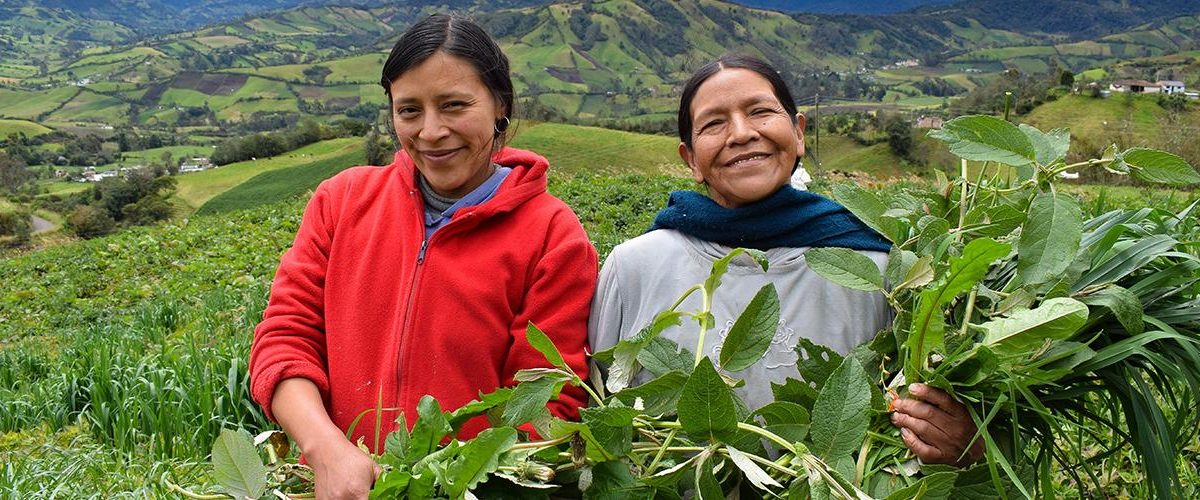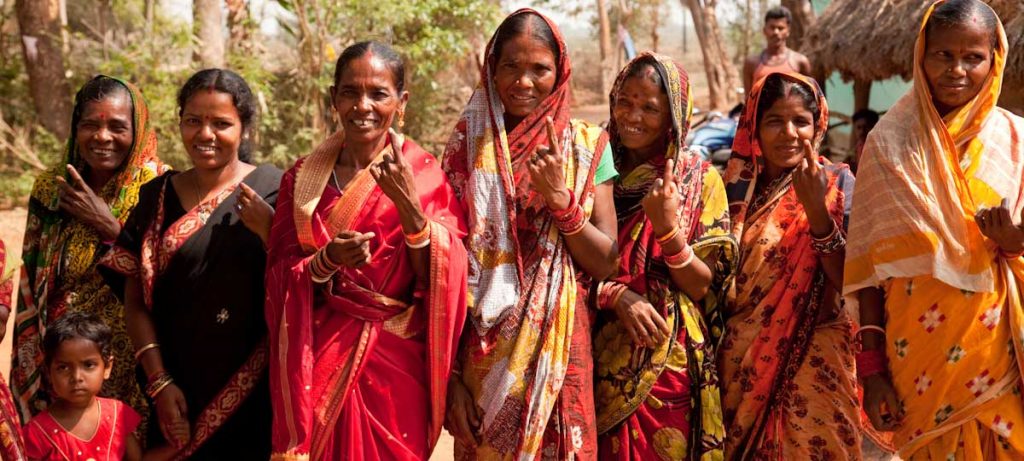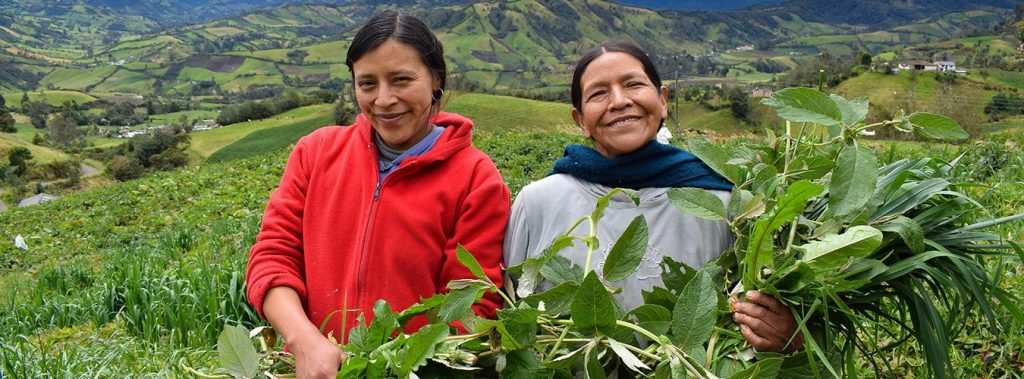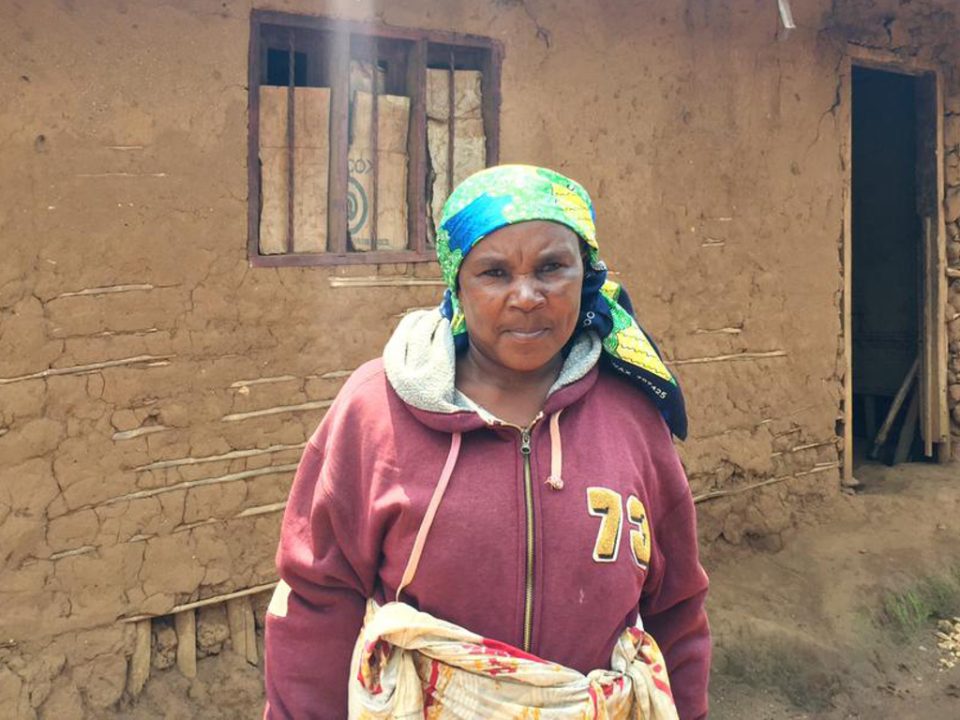About International Women’s Day
When is International Women’s Day?
Every year, International Women’s Day (IWD) is celebrated around the world on the 8th of March.
What is International Women’s Day?
International Women’s Day is celebrated in many countries around the world. It is a day when all women are recognised for their achievements. International Women’s Day was first born out of labour movements at the turn of the twentieth century in North America and across Europe.
Since those early days, International Women’s Day has grown in prominence and reach, touching women in every corner of the world. The growing international women’s movement has helped make International Women’s Day a central point for action, to build support for women’s rights and their full participation in the economy, politics, community and in everyday life.
History of International Women’s Day
In 1910, Clara Zetkin, the leader of the Women’s Office for the Social Democratic Party in Germany tabled the idea of an International Women’s Day at the second International Conference of Working Women in Copenhagen. The proposal received unanimous support from over one hundred women representing 17 countries.
The very first International Women’s Day was held the following year on 19 March. Meetings and protests were held across Europe, with the largest street demonstration attracting 30,000 women. In 1913, IWD was moved to 8 March and has been held on this day ever since.
International Women’s Day in Australia
Australia’s first International Women’s Day was held in 1928 in Sydney. Organised by the Militant Women’s Movement, women called for equal pay for equal work, an 8 hour working day for shop girls and paid leave. The next year the event spread to Brisbane. In 1931, annual marches were launched in both Sydney and Melbourne and both marches continue to be held today.
Since these early days, International Women’s Day has continued to grow. It is a day to celebrate women’s achievements and both highlight and work to address barriers that continue to perpetuate gender inequality.
Click here to Read More…









